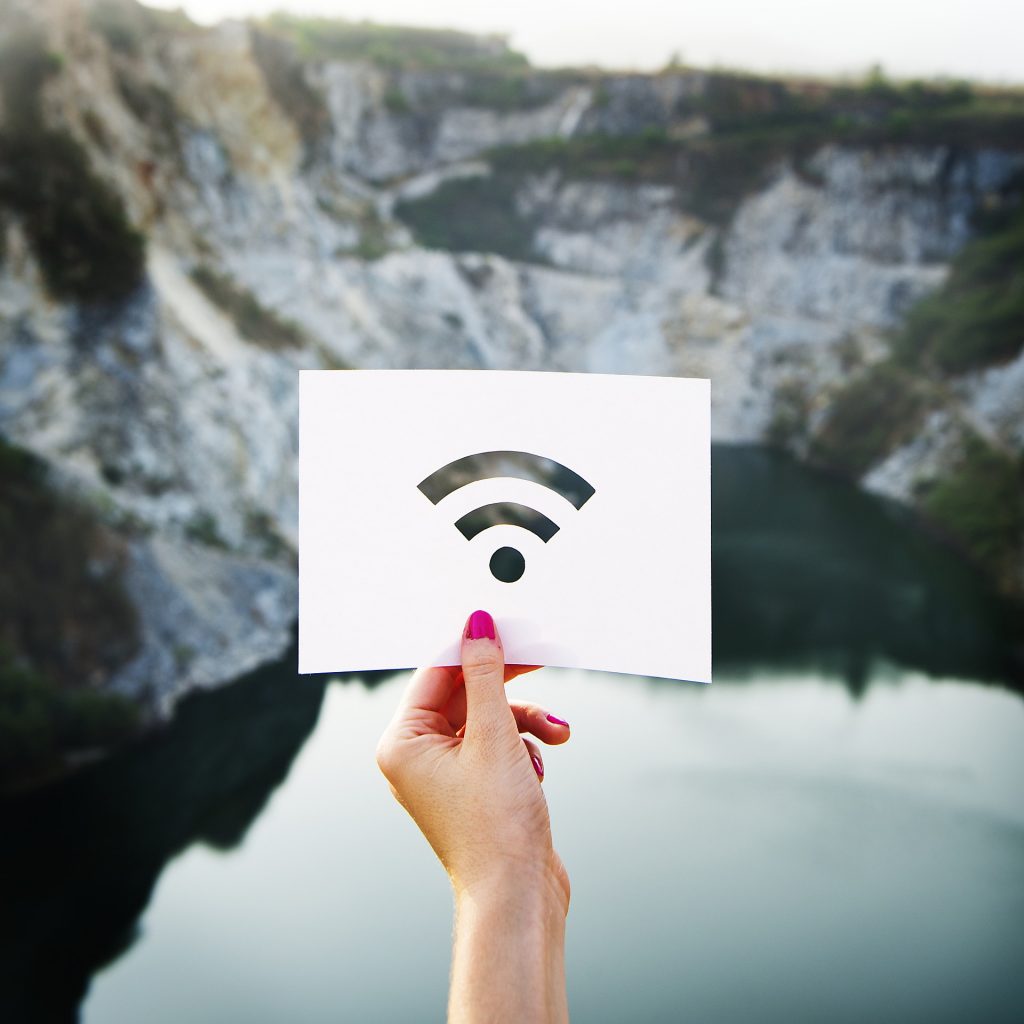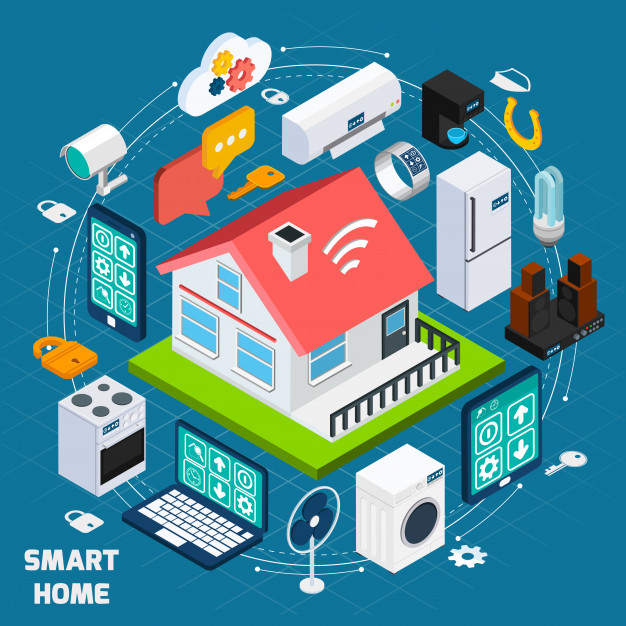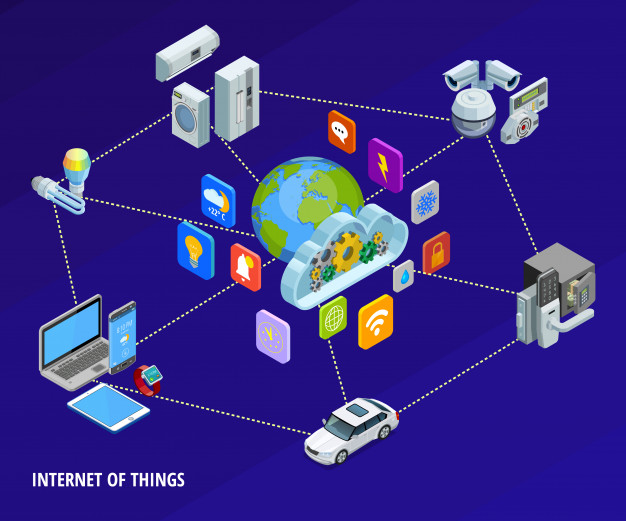As the number of IoT devices continuously increases, the communication or connectivity among those devices has become an important topic to ponder. As per Gartner’s research, Internet of Things devices will reach 20.4 billion by 2020. There are several IoT communication protocols available, and they have different capabilities, data rates, communication range, power, and memory. And every one of them has advantages and shortfalls in terms of one or several of these factors. Some of the communication protocols are suitable for use in small home appliances, whereas several others might be used in huge smart city projects.
Major IoT communication protocols
As IoT has become a hot field for IT pros, here is a brief look at major IoT communication protocols that are the most commonly used among the IoT devices.
Bluetooth Low Energy
Bluetooth Low Energy (BLE) is an enhanced version of Bluetooth, one of the oldest and most widely used wireless technologies for effective communication within the short range of approximately 10 meters. The concept of Bluetooth was initiated by Nils Rydbeck at Ericsson Mobile in Sweden in 1989. Between 2001 and 2004, this was further optimized as lower power consumption and lower cost version Bluetooth Low Energy protocol or Bluetooth Smart by Nokia. It has been designed to offer significantly reduced power consumption while maintaining the communication range. Due to this attribute, Bluetooth is the leading protocol used by IoT devices. It is presently used by all major operating systems such as iOS, Android, Windows Phone, Blackberry, OS X, Linux, and Windows. The latest version of Bluetooth technology, Version 5.0, adds an innovative Internet Protocol Support Profile. It has been completely developed and optimized for Internet of Things devices.
WiFi

WiFi is another widely used protocol for communication among IoT devices. WiFi has become an indispensable part of our lives as it uses a wide range of infrastructure, offering fast data transfers speeding up to hundreds of megabits per second and the ability to handle huge amounts of data transfers. For many electronic device designers, this is the most preferred choice because of the infrastructure it bears. The range for communication between two devices using WiFi is approximately 50 meters, which is much higher than the devices communicating with Bluetooth technology.
WiFi is based on the IEEE 802.11 family of standards, and its first version was released in 1997. This version was capable of delivering up to 2Mbit/s link speeds. Currently, the most common standard of WiFi is 802.11n, which is based on IEEE 802.11, but the use of 802.11ac is also rapidly increasing. The latest version provides even faster communication than 802.11n. Although WiFi is a highly suited protocol for communication between IoT devices, it consumes high power for its operations. However, it is the most powerful protocol for file transfers among most of the IoT devices at present.
ZigBee
ZigBee is a short-range wireless communication protocol based on IEEE 802.15.4 standard and operates on the frequency of 2.4GHz with a 250kbps data rate. The major attributes that make ZigBee suitable for effective communication between IoT devices are low power consumption, high scalability, security, and durability along with high node counts. While the maximum number of nodes in the network can be 1024 with a range of up to 200 meters, ZigBee can even use 128 bit AES encryption.
ZigBee specification (IEEE 802.15.4-2003) was first ratified on Dec. 14, 2004, and was made available in 2005. ZigBee protocol is ideally designed for use in home automation and big industrial sites where low power is required, and data exchange among home or building is infrequent at low data rates. There is a vast range of user base using ZigBee as the preferred mode of communication between IoT devices.
Its latest release is ZigBee 3.0, which can be considered as several ZigBee wireless standards having all their features combined into one. The electric systems such as street lighting and electric meters in urban areas that require low power consumption use ZigBee protocol as their preferred mode of communication among IoT devices. ZigBee protocol can also be used with security systems and smart homes.

Z-Wave
Similar to ZigBee, Z-Wave is a low-power radio frequency communication protocol that is primarily designed for home automation systems and electronic devices such as lamp controllers and sensors. The frequency of the Z-Wave communication protocol is 900MHz, and the range is about 30-100 meters, which is why the interference of this protocol with other wireless communication protocols such as WiFi, Bluetooth, and ZigBee (which are operating at 2.4 GHz) is negligible. Its data rate ranges approximately from 40kbps to 100kbps.
Z-Wave is a simpler protocol than all other protocols out there, and therefore it can be developed easily and at a much faster pace. The radio frequency band used in Z-Wave is specific to its country. For example, there’s an 868.42 MHz SRD band (Europe), a 900 MHz ISM or 908.42 MHz band (United States), 916 MHz (Israel), 919.82 MHz (Hong Kong), 921.42 MHz (Australia/New Zealand), and 865.2 Mhz (India).
LoRaWAN
Long Range Wide Area Network (LoRaWAN) is a protocol that is primarily intended for long-range wireless battery-operated IoT devices in regional, national, or global networks. It is specifically known for its ability to communicate in long-range with the least power consumption and detects the signals below the noise level. This protocol is mainly used in smart cities, where there is a large network with millions and millions of devices connected to each other that function with less power and memory, low-cost mobile secure communication in IoT devices, and a wide range of industrial applications. It has a data rate of 0.3kbps to 50kbps.
Smart street lighting is a practical example of the system using LoRaWAN protocol, where the street lights are connected with the LoRa gateway that uses LoRaWAN protocol. The gateway, in turn, is connected to a cloud application that completely controls the brightness of light bulbs based on the natural lighting present in the environment. It greatly helps in reducing the power consumption during daytime hours by dimming the light bulbs.
Near Field Communication
Near Field Communication (NFC) is a simple and safe protocol that makes the two-way communication linking between IoT devices easier. It mainly uses electromagnetic induction between two loop antennas located within each other near the field. It is specifically designed for smartphones allowing customers to do contactless payment transactions. It also helps the users to access digital content and connect electronic devices. Basically, it extends the capability of contactless card technology and enables IoT devices to share information at a distance of approximately less than 4 centimeters.
The data rate of NFC protocol ranges from 106kbps to 424kbps. Since NFC protocol is a short-range communication protocol, it consumes less power. It takes less time to set up and does not require the pairing of devices. Due to short-range communication, the possibility of unwanted interference with other networks present in the environment is greatly reduced.

IoT communication protocols: ‘Best option’ vs. ‘best suitable option’
Today the most commonly used IoT communication protocols are Bluetooth and WiFi, but Near Field Communication is moving forward quickly. Deciding on which communication protocol discussed above is best for IoT devices is difficult, but the winner would be the one that is easily available in most of the newly manufactured IoT devices and phones at a comfortable rate. Although, based on the current wide variety of use cases, instead of finding the “best” option, it could rather be a matter of finding the “best-suitable” option depending upon the requirements. For example, if you need to transfer huge amounts of data and files over the network, WiFi would be the ideal choice, whereas if you want to make instant payments with contactless card technology, NFC will top the list. Therefore, the winning communication protocol entirely depends upon the goals you are trying to achieve.
Featured image: Pixabay



